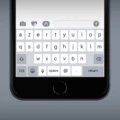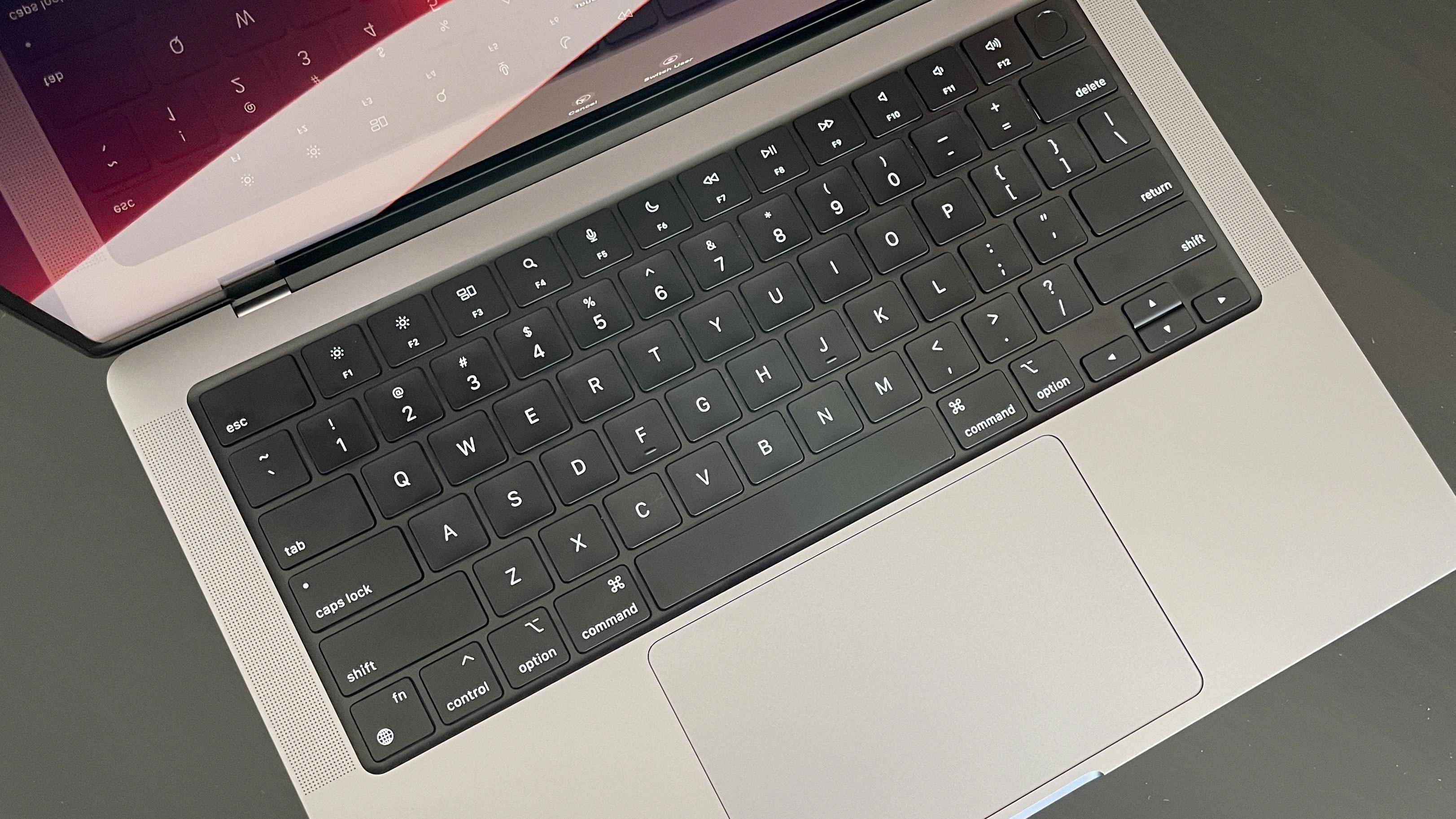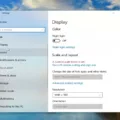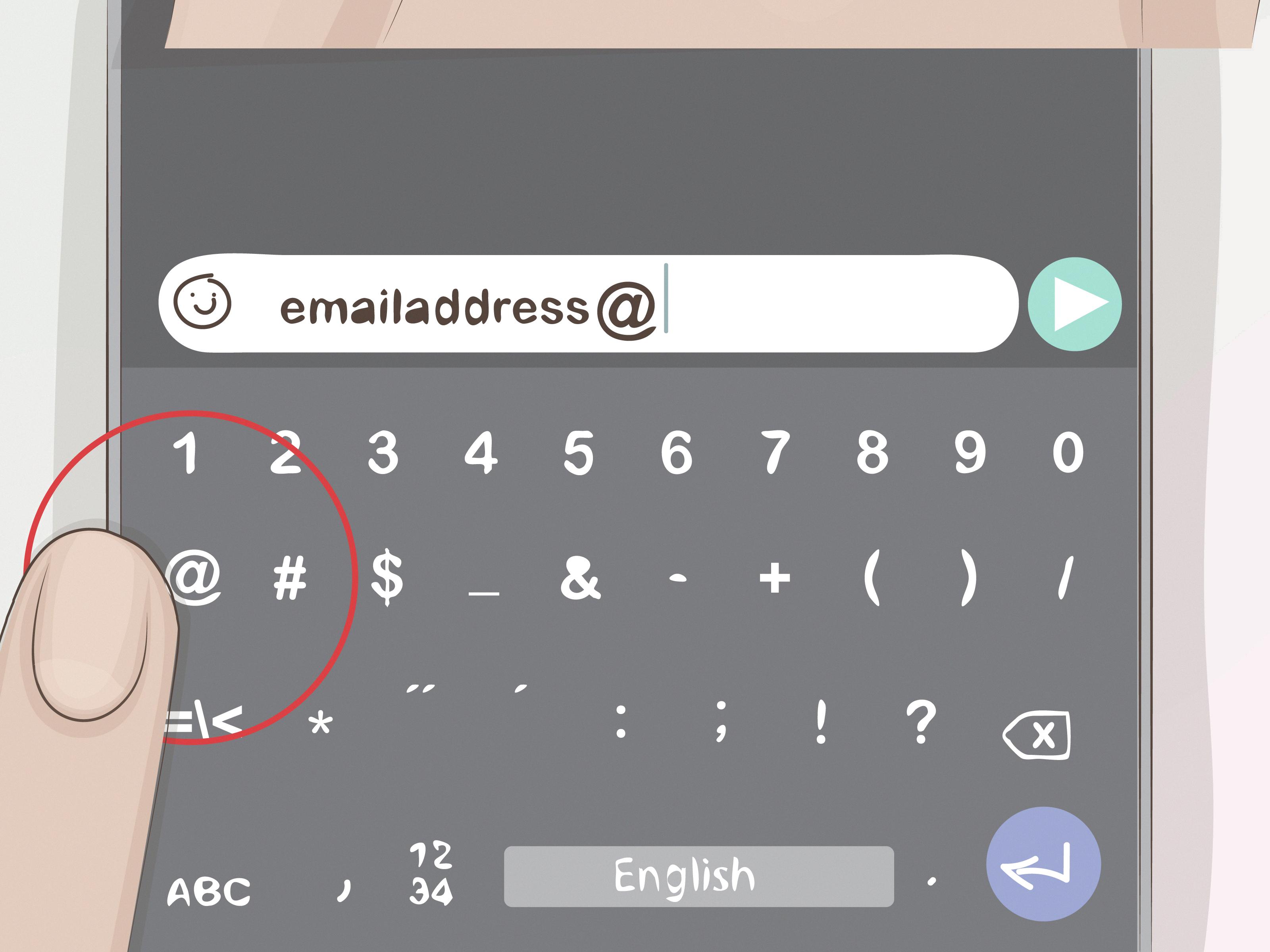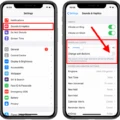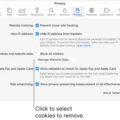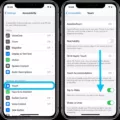Samsung Keyboard is a powerful tool that comes pre-installed on all Samsung smartphones. It offers a range of features that make typing easier and more efficient, one of which is Cursor Control. With Cursor Control, you can move the cursor to an exact spot by sliding your finger across the keyboard. In this article, we will take a closer look at how to use this feature for precise typing.
To access Cursor Control, you need to launch Samsung Keyboard settings. To do this, follow these steps:
1. Open the Settings app on your Samsung smartphone.
2. Scroll down and tap on “General Management”.
3. Tap on “Language and Input”.
4. Tap on “On-screen keyboard”.
5. Tap on “Samsung Keyboard”.
6. Tap on “Swipe, touch, and feedback”.
7. Turn on “Cursor control”.
Once you have enabled Cursor Control, you can use it to move the cursor to an exact spot. Here’s how:
1. Open any app that requires typing, such as Messages or Notes.
2. Tap on the text field to bring up the Samsung Keyboard.
3. Start typing as you normally would.
4. When you need to move the cursor to an exact spot, touch and hold the spacebar.
5. The keyboard will turn into a trackpad, and you can slide your finger across it to move the cursor.
6. Release your finger when you reach the desired spot.
It’s that simple! With Cursor Control, you can easily move the cursor to the exact spot where you need to make an edit or add a word. This feature is particularly useful when you need to make precise edits in longer documents or emails.
In addition to Cursor Control, Samsung Keyboard offers a range of other features that can make typing easier and more efficient. For example, you can enable swipe typing to quickly type out words by sliding your finger across the keyboard. You can also customize the keyboard layout and size to fit your preferences.
Samsung Keyboard Cursor Control is a handy feature that can make typing on your Samsung smartphone more precise and efficient. By following the steps outlined above, you can easily enable this feature and start using it in your daily typing. So, next time you need to make a precise edit, try using Cursor Control and see how it can make your typing experience even better!
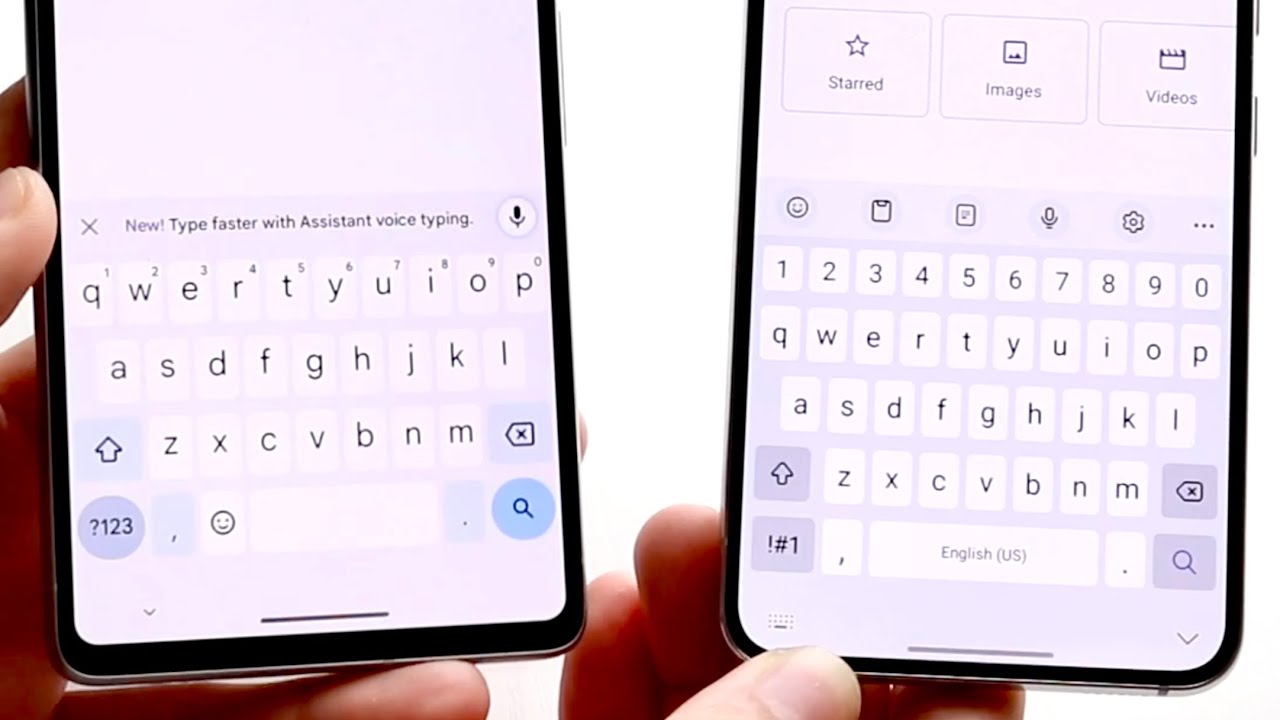
What Is Cursor Control On Samsung Keyboard?
Cursor control on Samsung Keyboard refers to the feature that allows you to move the cursor to an exact spot by sliding your finger across the keyboard. This feature comes in handy when you want to edit or correct text on your device. With cursor control, you can be more precise in selecting the exact spot where you want to make changes. However, it’s important to note that you’ll have to select the cursor yourself. To access cursor control, you’ll need to launch Samsung Keyboard settings and scroll to Swipe, touch, and Feedback. From there, you can enable the cursor control feature and customize its settings to suit your preferences.
How Do I Control My Cursor Keys?
To control your cursor keys, you can use the directional arrows on your keyboard. The up arrow moves your cursor up one line of typed characters at a time, while the down arrow moves it down one line. The left and right arrows move the cursor one character to the left or right, respectively. You can also use the combination of ‘Ctrl’ and arrow keys to move the cursor word by word. In addition, some applications offer other cursor control options, such as the ‘Home’ and ‘End’ keys to move to the beginning or end of a line, respectively.
Conclusion
Samsung Keyboard’s cursor control feature is a useful tool for those who want to precisely navigate through text on their mobile device. With the ability to move the cursor to an exact spot by sliding a finger across the keyboard, users can easily edit and make changes to their text without the frustration of imprecise tapping. Furthermore, the cursor control keys, such as the up, down, left, and right arrows, allow for even more precise movement throughout the text. the cursor control feature enhances the user experience of the Samsung Keyboard and makes editing text on mobile devices a more efficient and enjoyable process.


